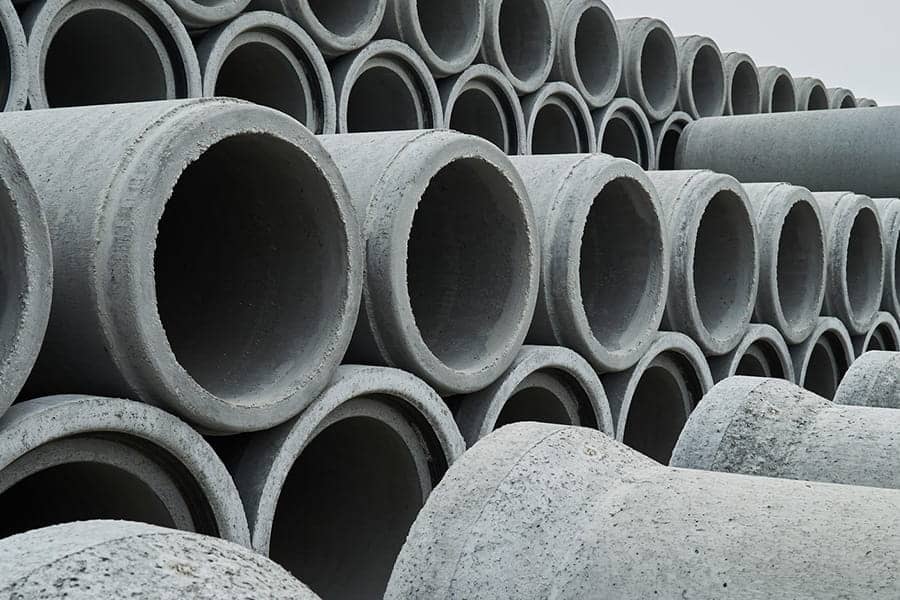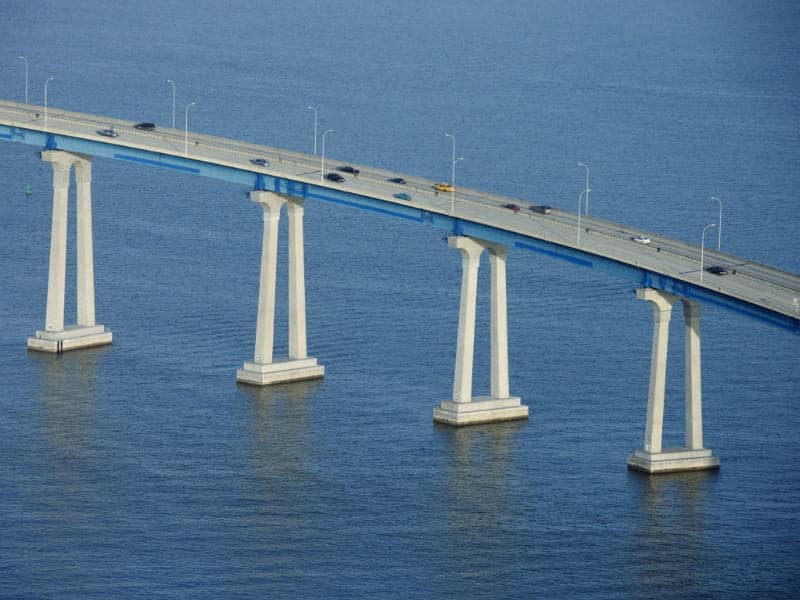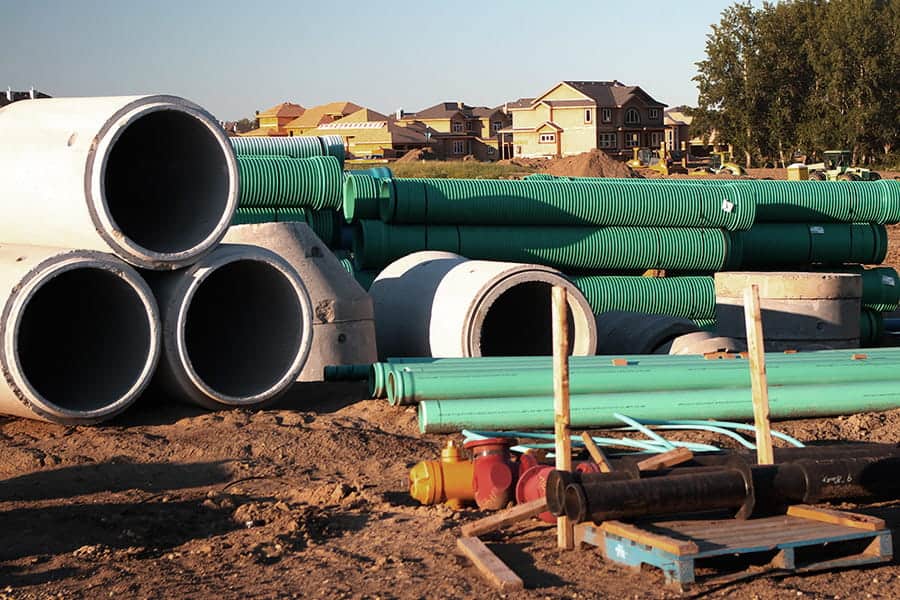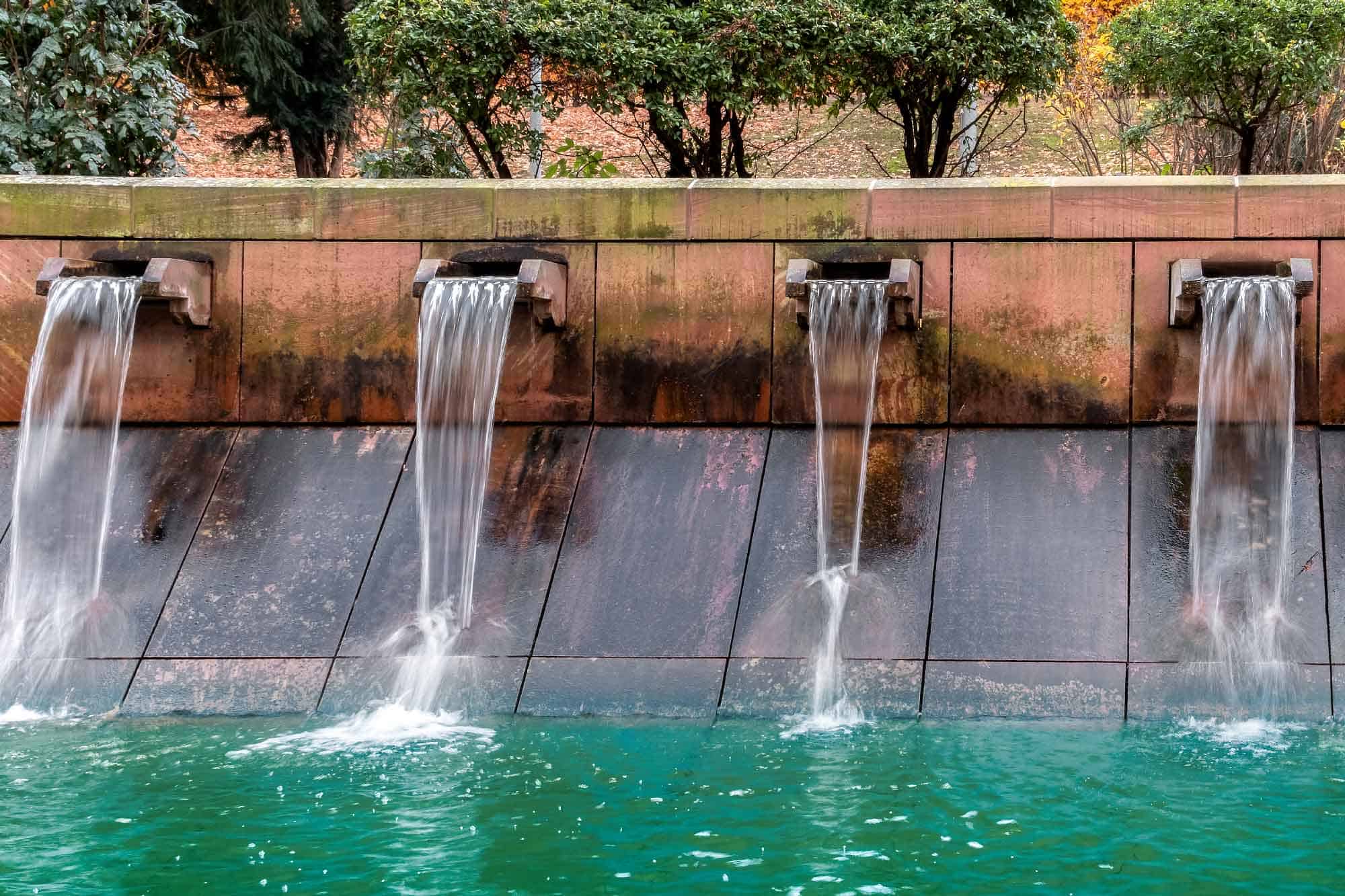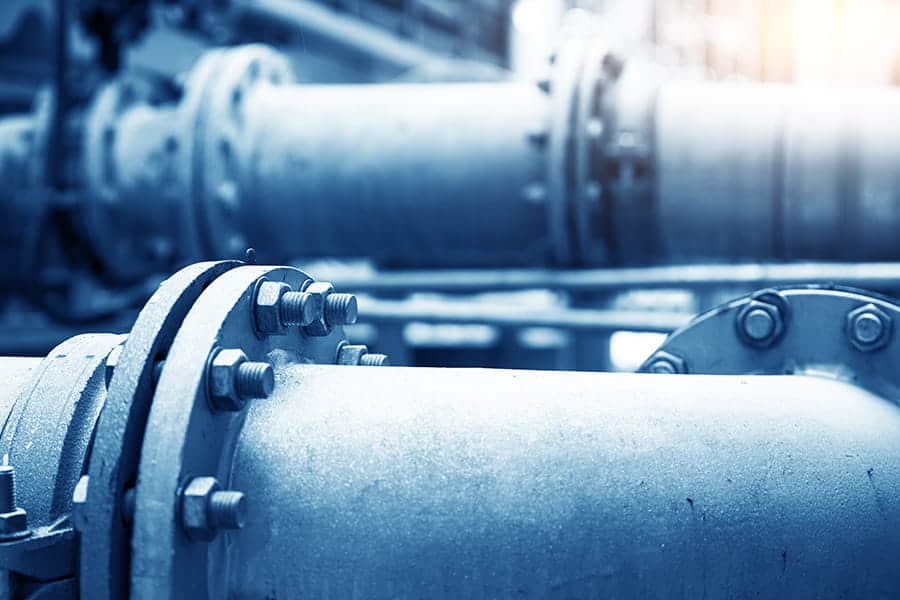Hydraulics & Hydrology
Menu
Close
- All Topics
- Bridge Design
- Building Design
- CAD Modeling & Visualization
- Communication Tower Design
- Construction Management & Planning
- Geotechnical Engineering | Seequent
- Hydraulics & Hydrology
- Mobility Simulation
- Offshore Structural Analysis
- Pipe Stress & Vessel Analysis
- Plant Design
- Project Delivery
- Rail Design
- Reality & Spatial Modeling
- Roads & Site Design
- Structural Analysis & Detailing
- Utilities & Communication Networks
Close
- All Topics
- Bridge Design
- Building Design
- CAD Modeling & Visualization
- Communication Tower Design
- Construction Management & Planning
- Geotechnical Engineering | Seequent
- Hydraulics & Hydrology
- Mobility Simulation
- Offshore Structural Analysis
- Pipe Stress & Vessel Analysis
- Plant Design
- Project Delivery
- Rail Design
- Reality & Spatial Modeling
- Roads & Site Design
- Structural Analysis & Detailing
- Utilities & Communication Networks
Hydraulics & Hydrology Recent Articles
Check Out the OpenFlows WaterGEMS Updated Control Editor with special Q&A with Tom Walski...

by Tom Walski
Pretty much everyone who has worked in water distribution has been involved with hydrant flow testing at one time or another. It’s not very difficult. Place a pressure gauge on a residual hydrant and flow a nearby hydrant while recording...

by Tom Walski
While writing research papers on how real-time control has become a major industry in academia, Tom has not seen a great deal of RTC applied in real systems....

by Tom Walski
Pump stations are fed by the power grid, so when the power goes out, it also goes out for water pumping stations. And water utilities don’t like their systems losing pressure....

by Tom Walski
The Blackwell Group is a multidisciplinary engineering firm located in Virginia that performs work in the residential, commercial, and government sectors. Stormwater design and site grading are just a few of the many services that Blackwell Group offers. In a...
by Bentley Expert
In many cases, the modeler can simply grab the latest calibrated model from the master planning study and apply it to address an operational problem. However, water and wastewater systems are constantly evolving as new facilities are brought online, customers...

by Tom Walski
